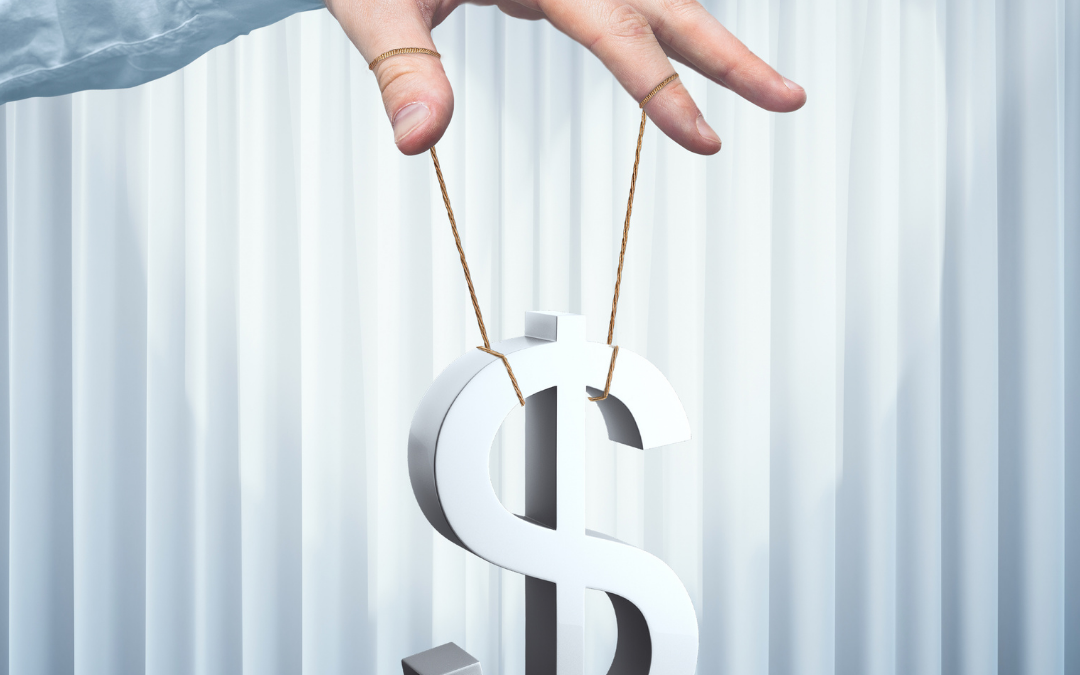The Price is Right
You walk into the Walgreen’s to satiate your post-lunch dessert craving with a Toblerone. (The recent change in creating a gap between the triangles is controversial, but you secretly like it.) Normally, the bar costs you a cool $2.18, but today is not like the others.
You usually just swipe up the bar without even checking the price tag, but something within you, or outside of you perhaps, oddly compels you to take a gander. Thankfully you do, because today’s Toblerone would have run you a whopping $2.19. Forget it. “No thanks,” you tell the confused cashier as you storm out of the Walgreen’s, flipping over the revolving sunglasses stand. You mount your Harley Davidson and ride off into the sunset, back to work at the Anytime Fitness you work at.
This example demonstrates that you do not need to be in the field of manufacturing to understand that setting the price for a product is a sensitive and fickle business. Though our example is extreme in that cent’s difference can completely bug a customer, there is immeasurable truth in its deeper meaning, namely, that the difference between a product sold and a product left to collect dust on the shelf can be a subtle change in price.
Finding the Right Price
Every customer has an internal judge that, for any given product, decrees “yes” or “no” at its price (the product’s). It is the interest of the many forces that exist and cooperate to ensure that a candy bar is on the shelf, that that candy bar has the price that will catch the interest of the maximum possible number of customers.
You could set a candy bar at the price of $15, ceteris paribus, but only the very rich, or those under a particularly desperate sweets-craving, would buy it.
Only then, they would probably very occasionally buy it, because even with infinite money someone would still likely feel that the candy bar costs just too much to conscientiously justify buying, and spring for something else that provides the same kick as a Toblerone, like cigarettes.
Similarly, set the price too low and those aforementioned forces, such as manufacturers, wholesalers, or retailers buying the manufactures’ products via the wholesaler, will not be turning a profit, because even if their candy bars are selling like hotcakes, the costs of manufacturing, transportation, etc. will cover the bulk of the selling price, leaving little net profit for those forces to enjoy.
AI Creates Profitable Product Prices
So, who sets the price for that candy bar?
According to Forbes, nearly 75% of retailers considered implementing AI in 2021. The days of the boardroom of cigar-chomping execs idly rattling off possible prices are far behind us, and it is clear that the future of price recommendation involves artificial intelligence.
Even the most talented Employee of the Month cannot handle the amount of data, and numbers-crunching, required to create highly accurate predictions for the best price for, oh yeah, literally thousands of unique products offered in the store.
The data and hypotheticals considered by AI truly is too much for the average, or even above average, human brain to consider within a considerable timeframe.
That employee of the month may not realize how the sales of toothpaste are related to the sales of candy bars when doing an inventory check, but relationships between product sales like these will be easily spotted by an AI platform that is designed to catch these things. As a result, it will adjust price recommendations for toothpaste if the sales of candy bars go down, or up.
Using your company’s historical data, along with more general market research and public data such as customers’ social media posts that contain opinions about products, an AI prediction platform, such as those offered by Findability Sciences, will be able to divine that profit-maximizing product price that even the most seasoned employee of the month, or genius boardroom-dwellers, could never dream of after an inventory check.
Summary
Product price recommendation is a difficult art, and an even harder science, because the most accurate prices, meaning the prices that will ensure the most sales from curious customers, are divined from considering mountains of data, and finding patterns within that data that a human mind may not be able to catch on a Thursday night inventory check. Luckily, artificial intelligence systems dedicated to predicting prices are up to the task, and can create price recommendations for thousands upon thousands of products.


Recent Comments